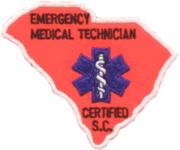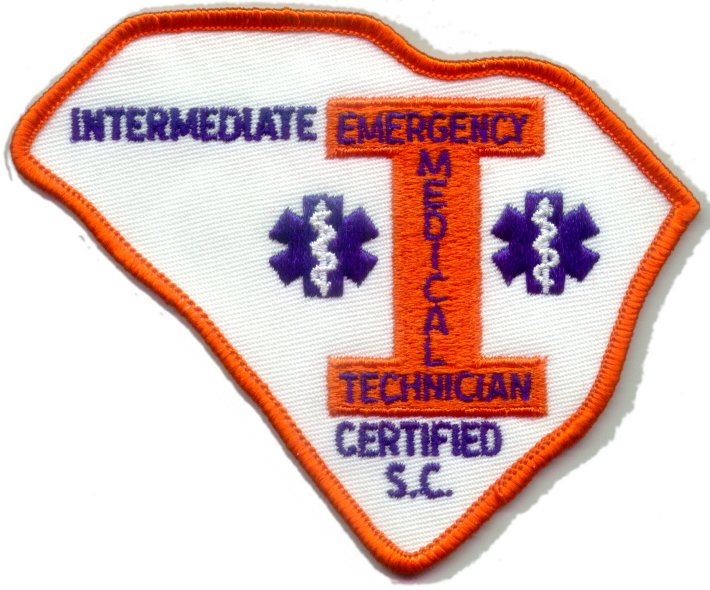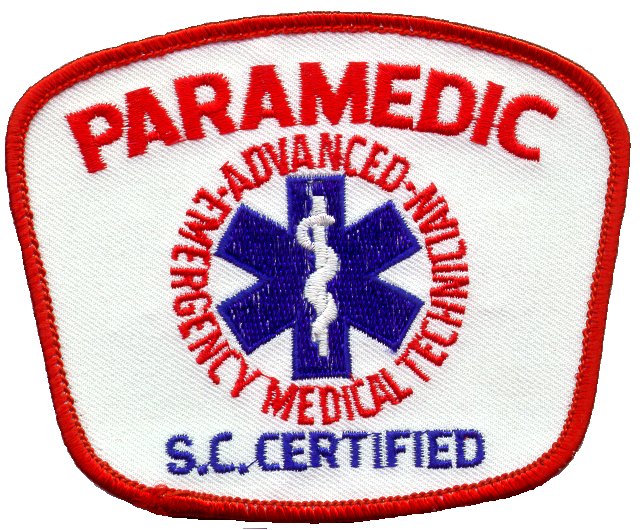Next Council Meeting
 The Official Web Site of the State of South Carolina
The Official Web Site of the State of South Carolina
Lexington County Administrative offices will be closed on Monday, January 20th in observance of Martin Luther King Jr. Day
Lexington County Administrative offices are open Monday through Friday 8 AM to 5 PM
If you, or someone you know, is ever sick or injured and needs emergency help, remember-there are lots of nice people who are specially trained to help you get better! Meet some of them here:
People trained to provide the very basics of emergency care during an 8-hour course.
Fire fighters, police officers, security guards, teachers, coworkers and others are your first contact with EMS. These people received 52 hours of first aid and CPR training, providing basic life support or automated external defibrillation until more advances help can arrive. In Lexington County, EMS units are frequently tied up with an emergency call, when another call for emergency services is received within the same area. Because the next closest ambulance will often come from a more distant area, Fire Service Vehicles or EMS Quick Response Vehicles (QRV's) may be dispatched to reduce the delay in emergency care. These First Responders have as a minimum, advanced level first aid and may even be EMT's or paramedics. They are also capable of providing oxygen and automated external defibrillation (AED).
Sometimes EMTs are 911 dispatchers, who answer calls for help, provide emergency care instructions to bystanders on the scene and send ambulances and rescue vehicles to the scene of the emergency.

Emergency medical technicians, sometimes called "EMTs," have different amounts of training, depending on their job. Other EMTs drive the ambulance, assist with rescues, and perform basic emergency medical care and Automated External Defibrillation (electric shock to treat a cardiac arrest).

EMT-I's have recieved additional training beyond the basic level. These personnel can initiate IV (intravenous) therapy, intraosseous therapy (needle inserted into the bone), perform blood sugar checks and assist patients with certain medications while enroute to the hospital.

Paramedics are EMTs with the highest level of training. They are able to perform many medical procedures at the scene of the emergency, or in the ambulance on the way to the hospital. Paramedics possess Standing Orders that allow immediate treatment of patients without needing to consult with physicians. Using a radio to communicate, paramedics can also get orders from a doctor at the emergency room. Paramedic skills include those of the EMT-Basic and EMT-Intermediate with the addition of EKG monitoring and interpretation, defibrillation, cardioversion, pleural decompression, IV, sub-cutaneous, intramuscular and endotracheal medication administration.
If you were a patient in the emergency room, an emergency nurse is probably the first person you'd see. One of the nurse's jobs is to ask you questions about your problem, and help decide when you can see the doctor. Emergency nurses are specially trained to help triage and treat emergency patients. Patients with the most severe problems are treated first.
Emergency physicians are doctors who are specially trained to take care of a certain type of patient, emergency patients. Doctors who are specially trained are often called "specialists." Emergency physicians specialize in helping people who are injured in accidents or who become sick very suddenly, such as someone who is having a heart attack or has a very high fever.
EMS personnel must maintain their level of proficiency through additional training. Examples include:
Monthly In-service Training
Additional training may also be required such as:
In Case of Emergency, DIAL 9-11
1) DIAL 9-1-1 In Lexington County or the emergency number in your area. If you don't know the emergency number where you are, dial 0 for the operator.
2) TELL the dispatcher about what happened. Be calm and speak slowly. Explain the type of emergency. Give your name and the phone number of the telephone you are using. Give the exact address of the emergency.
3) ANSWER questions like:
Is anyone hurt? How many?
Is the injured person conscious? Are they breathing?
Can the injured people talk? Can they move? Is there a fire?
Is anyone trapped?
4) LISTEN to the instructions the dispatcher gives you.
5) Don't hang up until the dispatcher tells you to. Don't leave the scene of the emergency until help arrives.